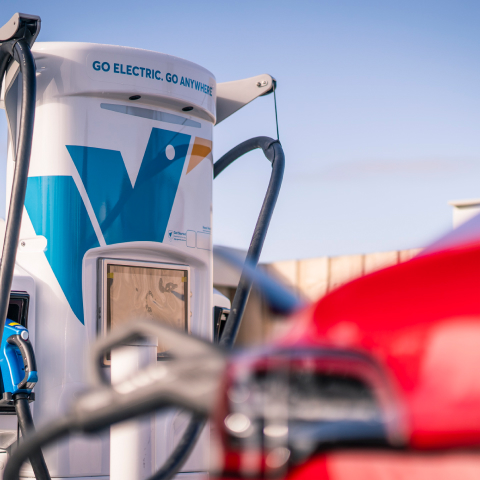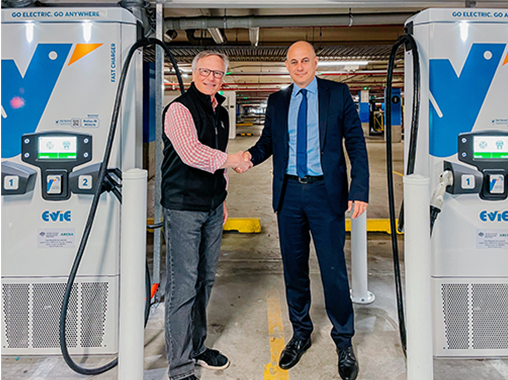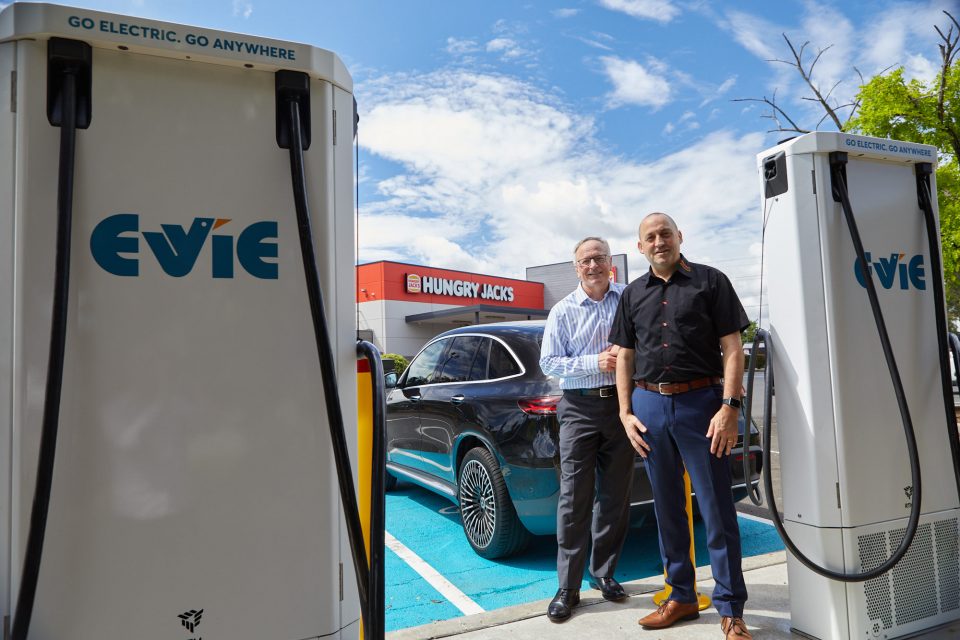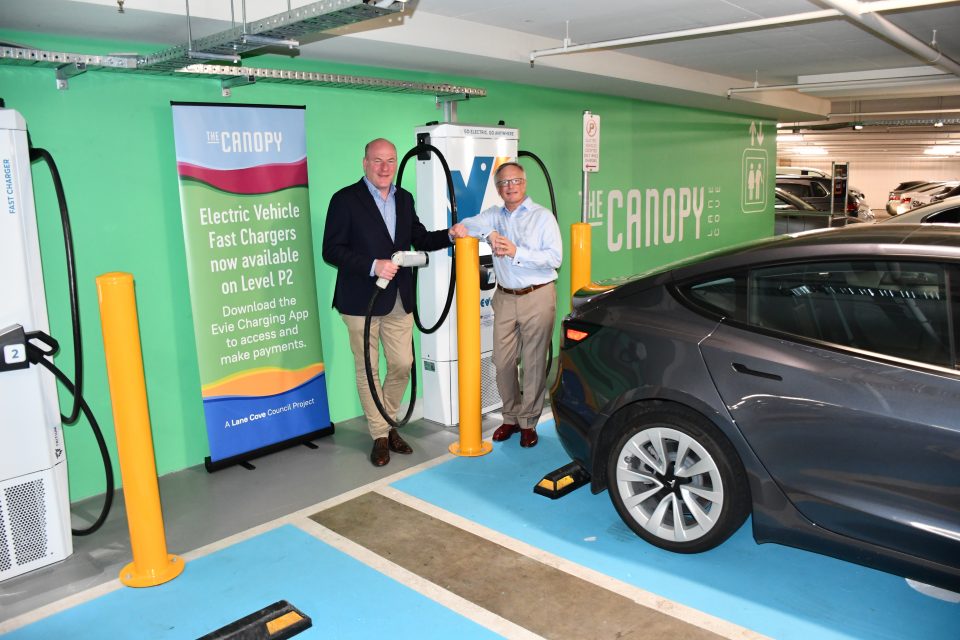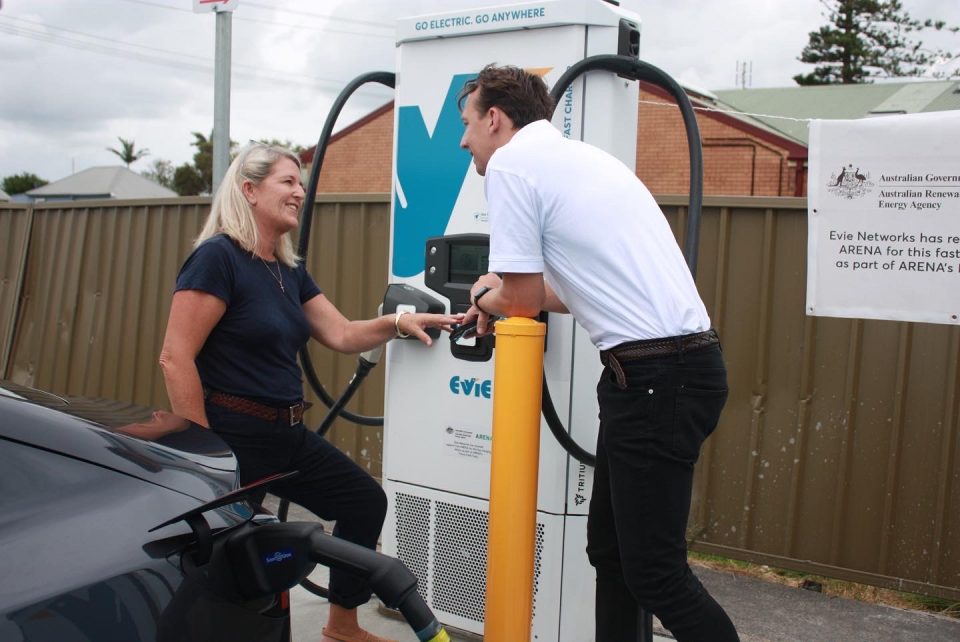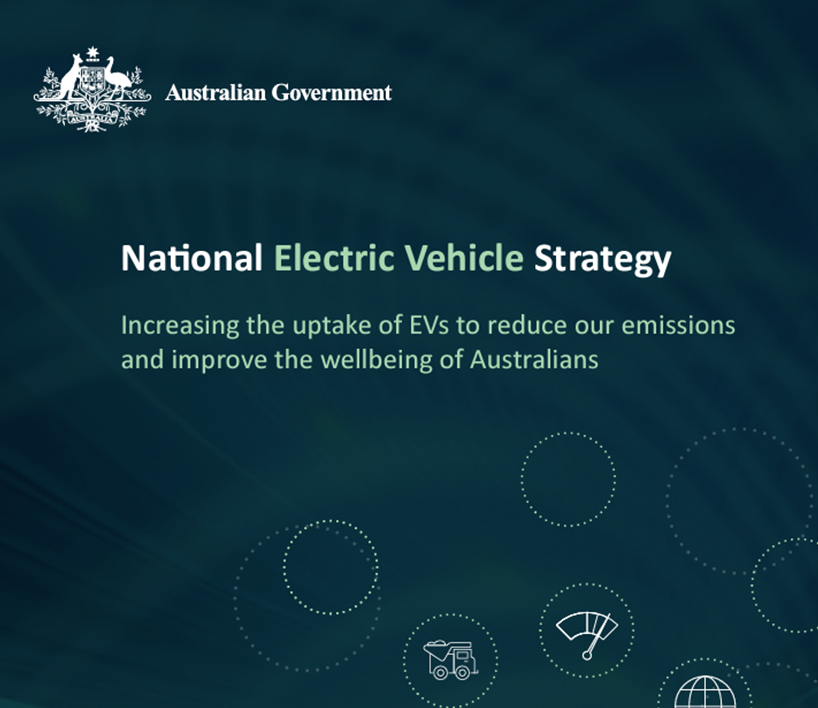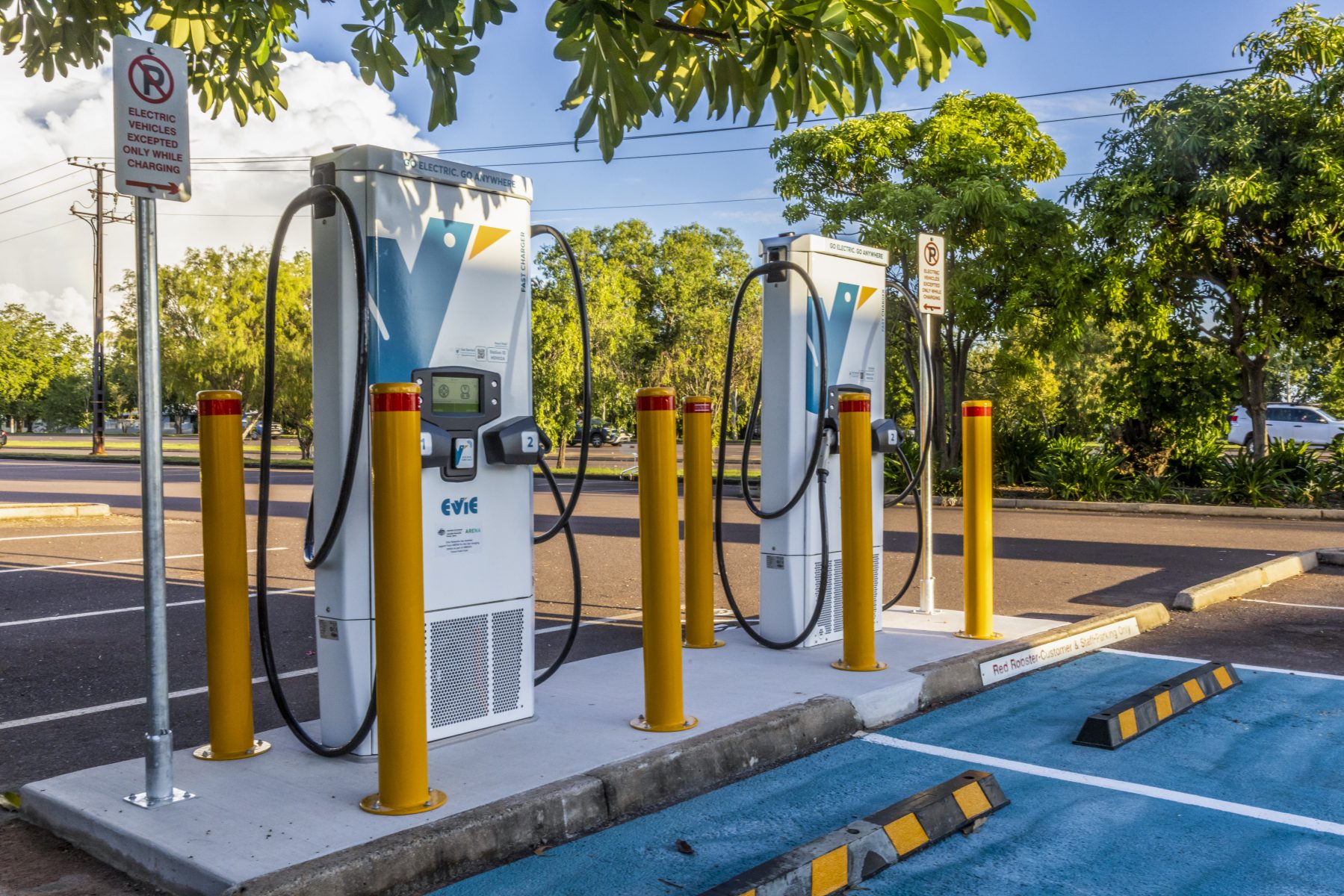
Evie Networks has secured $50 million in debt for EV charging infrastructure, which is great for the company. However, there’s a bigger picture for the transport industry, investors and climate-tech companies looking to scale.
Infrastructure debt is a natural evolution for Evie. Since the beginning, we’ve recognised that public charging is essential infrastructure. We believe that the owner-operator business model is the only one that can ensure the necessary customer experience and reliability.
As an early mover, we had to build before there was any demand, so we used venture capital to prove the model. Fortunately, we had StB Capital behind us from inception. StB provided the seed funding when there were only 4,000 EVs on the road in Australia. They continued to support Evie through highs and lows, even amidst a barrage of FUD.
However, venture funding can only take you so far. Like any other infrastructure, DC fast charging needs to be funded with debt. Every new climate asset class has had to cross a final “valley of death” to reach first commercial debt funding, including wind, solar, batteries, and now public DC fast charging.
Since we started the business in 2017, we’ve been talking to infrastructure investors. They are quite conservative because they are usually investing your retirement savings. We realised that we had to build a “bankable” business from the ground up.
The challenge is that, unlike solar farms, wind or even financed energy efficiency upgrades, public charging doesn’t have a contracted off-take agreement. This is a new territory for renewable infrastructure investors.
Instead of a Power Purchase Agreement (PPA) to give the lender comfort, we have hundreds of thousands of regular customers for an essential service supported by a diverse property portfolio.
Our off-take may not be contracted, but it’s non-discretionary, large, massively diverse, and constantly growing. According to the University of Sydney, 86% of EV owners regularly use public fast charging. Australia’s new Net Zero Plan, released this week, suggests we’ll have millions of customers by 2025. Moreover, a growing portion of our consumer and business customers are on recurring plans, analogous to fuel cards.
So, what are the infrastructure analogs? Are they mobile telecommunications towers or data centres? Like transportation electrification, they are infrastructure with growth driven by technological mega-trends. Both have been growing for decades, with decades of growth ahead. Both are distributed rather than centralised infrastructure, and both have strong EBITDA multiples.
However, public DC fast charging has its own characteristics, which are still being explored by both operators and investors. This is why there are relatively few cases of infrastructure debt for independent public DC charging, even in more developed markets. You can count them on your fingers, and when you take out the parent company guarantees and government loans, you’ll have even fewer cases.
In Infradebt, we found a partner willing to roll up their sleeves, understand the business, and design a debt solution that could scale with the business. Of course, we couldn’t have achieved this without a lot of support. ARENA helped us create the early intercity network and basic metro coverage in 14 cities. More recently, RACQ provided a strategic investment. Most importantly, from our inception, the vision and financial backing of StB Capital enabled us to move from a venture-funded start-up to a rapidly scaling debt-funded infrastructure.
This deal is hugely exciting for three reasons:
- It marks the first non-recourse senior debt facility secured in Australia for public DC fast charging.
- Infrastructure finance and super fund money are now flowing to scale the public charging infrastructure we need to decarbonise transport, improve our air quality, and increase energy security.
- As a company, we’ve crossed that “valley of death”. Phew!
But as a team, we’ll barely take a breath. We have to get back to building new sites, upgrading others, refining our apps, and driving up reliability. We promise to look after your retirement money and use it to preserve a planet worthy of your grandchildren.
